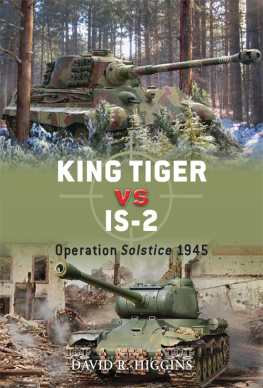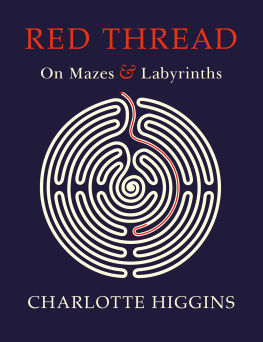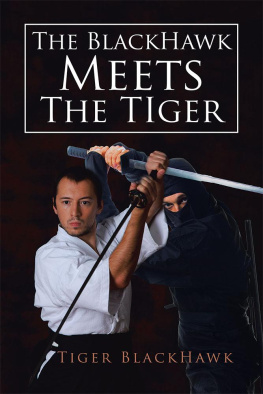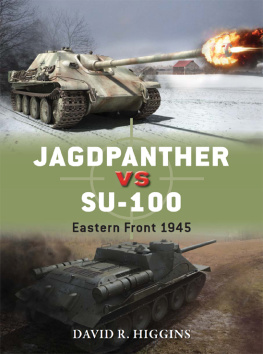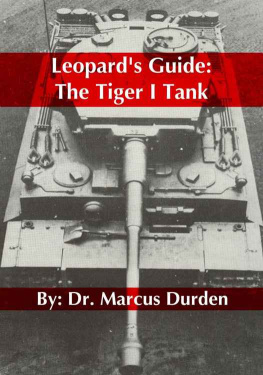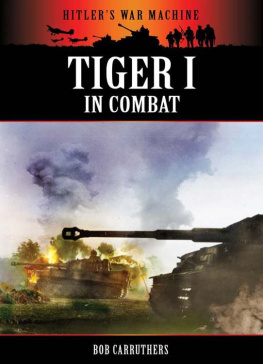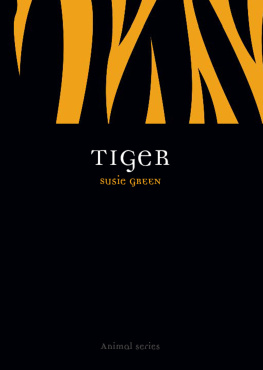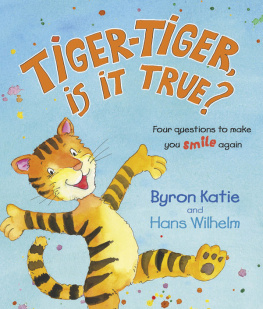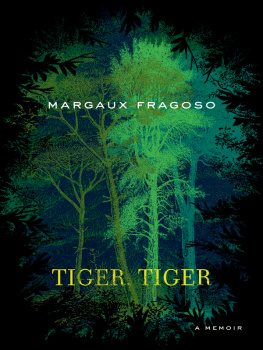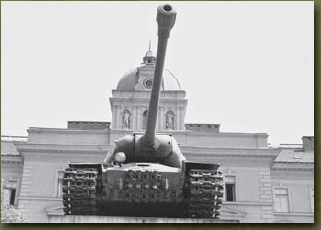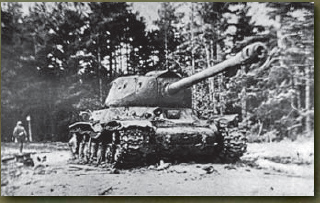DAVID R. HIGGINS
CONTENTS
INTRODUCTION
During the 1920s and 1930s the concept of a heavy breakthrough tank was a common theme in European military thinking, when mechanized and armored doctrine was in its post-World War I infancy. Throughout this period, former combatants wrestled with how best to use armor to help avoid repeating the previous wars static and wasteful trench warfare. Soviet futurist military thinkers such as Marshal Mikhail Tukhachevsky envisioned integrated mobile groups spearheaded by heavy, multi-turreted T-32s and T-35s that had been organized into independent units. Lighter vehicles, operating much like the Russian cavalry during the Russian Civil War (191723), would then be used to quickly push through the breach to initiate deep battle missions to disrupt their adversarys command, control, and communications abilities.
Following its proxy participation in the Spanish Civil War (193639), leading thinkers in the Red Army refined their views on armor, and while they missed many of the conflicts tactical lessons they excelled in the technical arena. The mobile fortress approach with its multitude of guns was seen as flawed and such systems were replaced with single-turreted designs that emphasized simplicity and reliability: assets for the large, undeveloped areas in which such vehicles would operate. Production quantities were also of primary concern and anything that was not absolutely necessary to achieve this goal was suspect. Crew comfort was generally a low priority in Soviet armor thinking, and fatigue and lessened performance was often a problem in the utilitarian working environment.
Throughout World War II armor development and doctrine underwent considerable changes, especially within the accelerated crucible of the Eastern Front. The Soviet T-34/76, introduced during Operation Barbarossa in 1941, shocked the Germans with its thick, sloped skin, excellent mobility, and powerful armament. Although the German heavy Tiger I tank was made operational in August 1942, and could effectively contend with the T-34, the latters considerable production numbers outpaced the capabilities of the German industry, with the result that the Soviets could better weather a war of attrition. As a result of the rapid arms race in the east where each side attempted to maintain a battlefield edge, vehicle weight, armor protection, and firepower all increased.
After the fighting around Kursk in mid-1943, the Soviets looked to produce a vehicle that had thicker armor to better resist the German high-velocity 88mm gun and a main armament that could handle the armor mounted on the enemy weapon. When the IS-2 (Iosef Stalin) entered the field in April 1944, its 122mm round imparted considerable force, which helped to make up for its average penetrating ability. In combat it proved well suited for its task as a heavy breakthrough tank that could stand up to the German Tiger I and Panther. During the previous month, however, the new German Tiger II had been deployed, and would soon be sent to the Eastern Front.
Although officially designated as Panzerkampfwagen Tiger Ausf. B, the Tiger II was more often known by its unofficial name, initially coined by the Reich Ministry for Armament and Ammunition, Knigstiger (Bengal Tiger), which was incorrectly translated by Allied intelligence as King Tiger or Royal Tiger. By expanding on the thick armor and large main armament of the Tiger I, and the more modern design of the Panther, the 70-tonne Tiger II presented a formidable battlefield solution. During the final ten months of the war it was as suited to the defensive fighting Germany was forced to undertake as the IS-2 was to spearheading Soviet offensives across Eastern Europe. By 1945 both vehicles represented the epitome of operational heavy tank design that greatly contributed to the postwar, multirole main battle tank embodied in, for example, the German Leopard I and II and the T-54/55.
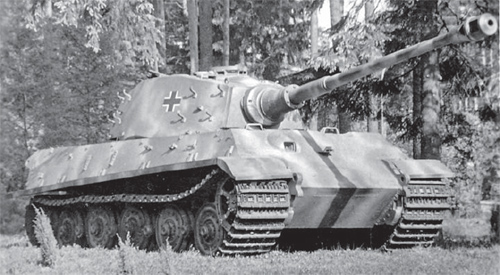
A pristine, two-tone Tiger II with a series production (Henschel) turret. It has probably just been produced considering it lacks its bow and cupola armament, spare turret tracks, side skirts, glacis-mounted Bosch headlight, and tow shackles on its drive sprocket guides. (DML)
CHRONOLOGY
| 1937 |
| January | Henschel is contracted to develop a heavy breakthrough tank that eventually becomes the Tiger I. |
| 1941 |
| June 22 | Operation Barbarossa begins; German forces first encounter the Soviet T-34. |
| 1942 |
| September 16 | The Tiger I is first used in combat with 502nd Heavy Panzer Battalion just south of Lake Ladoga, in the Leningrad sector. |
| 1943 |
| February 2 | Krupps prototype (later series production) turret is delivered for testing at the Kummersdorf research facility. |
| July 417 | Operation Zitadelle takes place in the Kursk area. |
| JulyAugust | Development of the Tiger II and IS-2 begins. |
An IS-2 with a hard-edged welded nose, mistakenly promoted as the first Soviet tank to enter Prague, sits atop a monument in that citys tefnik Square. Attachments between the towing shackles hold spare track links. Following the Velvet Revolution in 1989 the vehicle was painted pink to protest against the former Soviet/Warsaw Pact occupation. (DML)
| 1944 |
| March 14 | The first Tiger IIs are issued to Panzer Lehr Divisions Panzer Company (FKL) 316 as radio-control vehicles for the tracked BIV Sprengstofftrger explosive carrier. |
| April | IS-2s are first deployed to combat during the ProskurovChernovtsy and UmanBotoshany offensives with 11th and 72nd Guards Heavy Tank Regiments. |
| July 18 | Operation Atlantic in Normandy sees Tiger IIs first used in combat, with 1st Company, 503rd Heavy Panzer Battalion. |
| August 13 | Tiger IIs are first used on the Eastern Front, at the Sandomierz bridgehead with 501st Heavy Panzer Battalion against IS-2s of 71st Guards Heavy Tank Regiment. |
| December | The Soviets create Guards heavy tank brigades to organize existing IS-2 regiments. |
An early-model broken-nose IS-2 that appears to be disabled, judging by its missing return roller and disheveled appearance. Its horn and headlight have remained intact. (DML)
| 1945 |
| January 12 | Tiger IIs from 524th Heavy Panzer Battalion confront IS-2s of 13th Guards Heavy Tank Regiment near Lisw, Poland. |
| Operation Konrad sees IS-2s and Tiger IIs of Heavy Panzer Battalion Feldherrnhalle clash during the siege of Budapest. |
| February 15 | 11th SS Volunteer Panzergrenadier Division Nordland precedes the main Sonnenwende operation in an effort to relieve the Arnswalde garrison. |

